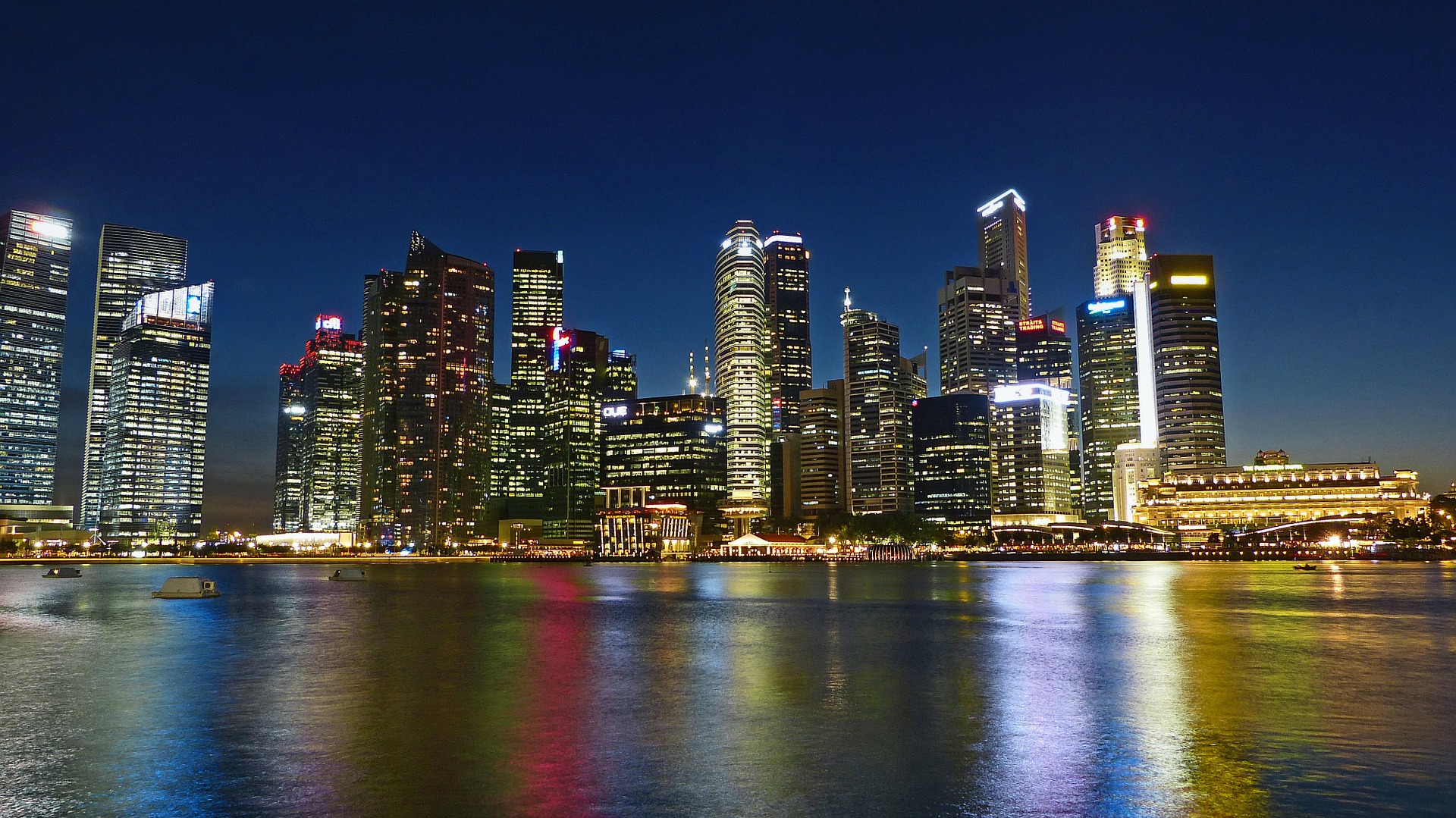How Toronto is revitalizing its aging suburban residential towers
Editors note: This article first appeared in Citiscope.org and is reprinted with permission.
Citiscope is a nonprofit news outlet that covers innovations in cities around the world. More at Citiscope. org and citiscope.org/subscribe.
By Flavie Halais, Cityscope.org
TORONTO, Canada — The suburban dream in North America wasn’t always about rows of individual houses, sprawling neighborhoods and tree-lined streets.
Decades ago, modern living was sold to Toronto residents as owning or renting a suite in a concrete high rise surrounded by luscious green space, far away from a decaying downtown core.
The “tower in the park” model became the city’s main solution to the lack of housing in the post-World War II era. Between the 1950s and 1980s, 3,200 towers of five or more storeys were erected in Toronto’s suburbs, most of them within carefully planned, self-contained communities. The Toronto metropolitan area boasts the highest concentration of high-rise buildings in North America after New York.
Eventually, however, many of these towers became de facto affordable housing for a city that never built sufficient public housing. Some turned into “arrival cities” for immigrant families during their first years in Canada — although many of these newcomers have chosen to stay in the buildings permanently.
Over time, the towers have lost their initial luster; amenities such as swimming pools, tennis courts and communal spaces are long gone. Residents of the worst-kept buildings complain of frequent elevator malfunctions, poor maintenance and bug infestations. Some neighborhoods face high crime rates. More than 70 percent of high-rise families live in poverty, and they find themselves stuck in isolated places with poor access to public transit. Like many post-war tower blocks around the world, Toronto’s suburban high rises, which now house about a million people, are seen as little more than eyesores.
Many Torontonians believe the towers should go the way of Regent Park — Canada’s largest and oldest social housing project, located in downtown Toronto, is currently being torn down to make way for a mixed-income, mixed-use neighborhood with enhanced public space and services. But the sheer number of Toronto’s towers makes demolition unimaginable — it would be too costly, environmentally wasteful, and perhaps entirely misguided.
“The popular demolition of social housing or tower blocks is just a political statement,” says Graeme Stewart of ERA Architects. “You’re demolishing the symbol of social failure, you’re not addressing the root causes of it.”
Seeing value
Stewart has become an evangelist for the idea of rehabilitating the towers into vibrant places rather than tearing them down. Drawing from successful examples of revitalization projects in Europe, Stewart argues that the value of the land on which the towers sit can be leveraged to bring new investment to these neighborhoods. By building new housing or commercial space on vacant land, Stewart thinks property owners could finance energy retrofits and building upgrades, while bringing in much-needed businesses and services.
“As long as you can find a way for the owners to continue to see value in the buildings, and if you can do that in a way that also increases value for the community and meets public policy objectives, then it’s a pretty good situation,” he says.
The idea of saving the towers is gaining traction. In 2013, United Way, a network of Canadian charities providing funding for community-based social projects, launched the Tower Neighbourhood Renewal initiative. It’s a pilot project that engages property owners and tenants in three tower communities to create a collaborative process for bringing in services and creating new communal space. Through partnerships with local nonprofits, United Way is encouraging residents to identify solutions for local problems, and work with property owners to make them happen
“We know that this is not something that’s going to eradicate poverty in one shot,” says Alina Chatterjee, Program Lead for Neighbourhoods at United Way. “What it is doing is trying to get residents, community agencies and landlords involved in leading changes and creating programming and opportunities that meet their needs.” Some of the first completed projects under the United Way initiative include a new playground and community gardens.
Many of the changes are driven by tower residents themselves. In Thorncliffe Park, a tower community built for 12,000 residents but home now to about 30,000, Sabina Ali helped transform the local public park by having her organization, Thorncliffe Women’s Committee, set up a weekly summer market and a new playground. They also set up North America’s first public outdoor tandoor oven.
“For immigrants, life is stressful, and it takes about four to five years to go through that transition,” Ali says. “Public spaces really play a vital role in health and well-being, and in breaking that isolation.”
Even more of these types of initiatives are expected to take off once new zoning laws come into effect later this year.
Toronto City Council has approved new Residential Apartment Commercial zoning for 500 sites across the city. The new regulations will allow commercial and social activities to take place in and around the towers at ground level. Shops, community centers and outdoor markets, all of which are largely forbidden under obsolete rules, could soon bring in new services as well as business opportunities. “Animating the ground floor space is a way to get a more vibrant, robust, healthy community happening in a vertical context,” Chatterjee says.
Engaging property owners
But revitalizing large numbers of towers won’t be possible without major investments from the building owners. What they choose to build under the new zoning will have a major impact on the tower communities. Building owners are also the ones who will have to find financing to replace decaying infrastructure.
Encouraging building owners to carry out major energy-efficiency retrofits has been a particular focus of the tower revitalization efforts. As part of its pilot program, United Way is working with utility companies to create incentives such as performing energy audits to demonstrate potential savings. And the City of Toronto, through its own Tower Renewal program, is running a three-year pilot financial scheme, the High-Rise Retrofit Improvement Support Program (Hi-RIS), providing loans to property owners who wish to conduct energy-saving upgrades.
Many of the towers, such as Thorncliffe Park’s, are now owned by real estate investment trusts, or REITs, which are publicly traded companies that redistribute profits among shareholders. This means that unless retrofits are made mandatory by law, they can only be made attractive through financial incentives that subscribe to the REIT’s profit-making logic. “Right now there’s a carrot, but there’s no stick,” Graeme Stewart says.
Dan McIntyre believes corporate ownership has not been good for immigrant residents of the towers. McIntyre, an independent paralegal who has worked with tenants for more than 30 years, says the current regulatory system in Toronto’s province of Ontario makes it incredibly difficult for tenants of buildings owned by corporate landlords to file complaints — all the more so if they are newcomers, and must face language or cultural barriers. “[The government is not] talking about making reforms to really help tenants,” McIntyre says. “It’s not on the political radar.”
Another criticism of the tower renewal efforts comes from Sadia Khan, an organizer with a community-based organization called Thorncliffe Reach-Out Teach-In. Khan notes that many of the immigrants living in Toronto’s towers came to Canada holding advanced degrees — they’re doctors, lawyers and engineers working low paying jobs because of stringent regulations regarding the recognition of foreign degrees and credentials.
Khan says tower efforts led by United Way and the City of Toronto put too much emphasis on spurring economic development through self-employment and small businesses, without recognizing that immigrants can’t find employment in their fields. “I would expect that this significant project would try to address the underlying issues of poverty in the community,” she says. “It doesn’t seem that any facet of it is doing that.”
For city officials, the strength of Tower Renewal lies in its ability to draw links with other city initiatives, such as programs tailored to poverty reduction and strengthening neighborhoods. “We actually have a very active role in poverty reduction,” says Silvia Fraser, manager of the recently created Tower and Neighbourhood Revitalization unit that now oversees tower renewal activities at City Hall. “We activate programs that don’t currently exist. Not just working with the property owners, but looking from the outside of the building to say, ‘What is in the area? Who offers social services here that could help? What are the nonprofits doing?’ ”
The new unit should allow for a better coordination of efforts with other initiatives and departments, from Solid Waste Management to Public Health or Planning. After the gloomy years under the mayorship of Rob Ford, known mostly for his racist, sexist and homophobic comments, Toronto is slowly creating a new vision for itself under the mayorship of John Tory. It’s a more inclusive vision of a welcoming city that sees immigrants living in aging suburban towers as every bit as part of the city as those living in the now-gentrifying downtown core.


